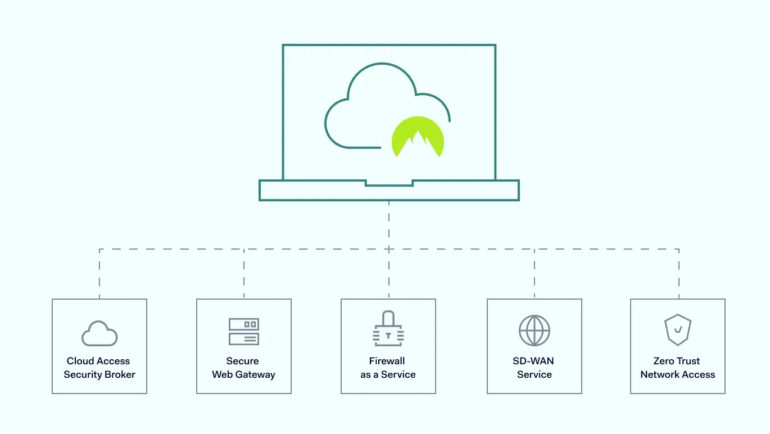SASE is a relatively new concept, and it is still evolving. As enterprise networks grow in complexity, SASE is likely to become increasingly popular to simplify network infrastructure and reduce costs. For more details, visit: https://nordlayer.com/sase/
Table of Contents
What are the Benefits of SASE?
SASE provides many benefits over traditional network security models. Some of the benefits are mentioned below:
1. SASE can help improve security and compliance posture
SASE can help reduce the overall attack surface by consolidating networking and security functions into a single platform. This can help simplify security operations and improve an organization’s overall security posture. Additionally, SASE can help organizations meet compliance requirements more effectively by integrating security controls into the network.
2. SASE can improve performance and efficiency
By integrating networking and security functions into a single platform, SASE can help improve performance by reducing latency and optimizing traffic flow. Additionally, SASE can help improve operational efficiency by simplifying management and reducing costs associated with traditional networking and security solutions.
3. SASE can provide better visibility and control
SASE can provide better visibility into network activity and security events by consolidating data from multiple sources into a single platform. Also, SASE can help organizations gain better control over their networks by providing granular security controls customized to meet specific needs.
4. SASE can improve agility
SASE can help improve organizational agility by simplifying the deployment of new networking and security capabilities. Additionally, it can help organizations quickly adapt to changing business conditions by allowing them to scale their networking and security solutions as needed dynamically.
5. SASE can improve business continuity
By ensuring the continuous availability of critical applications, SASE can help businesses minimize downtime in the event of an attack or other disruption. SASE’s centralized platform can help ensure that critical systems and services remain available even during high traffic volume or demand.
6. SASE can reduce network complexity
SASE can help simplify network operations by combining several networking and security functions into a single platform. This streamlined architecture helps organizations better manage their networking infrastructure, reducing overall complexity and improving efficiency.
7. SASE is scalable and flexible
SASE is highly scalable, allowing organizations to add new users or services easily. Additionally, SASE’s flexible architecture enables organizations to adapt their security approach as business needs change. SASE has become a key component of many modern networking and security strategies with its advanced features and simplified management.
What are SASE’s Challenges?
One of the key challenges is that SASE is a relatively new concept, and there are still many unknowns. Technology is evolving rapidly, and it can be challenging to keep up with the latest developments. This can make it difficult to accurately assess the risks and benefits of SASE for your organization.

